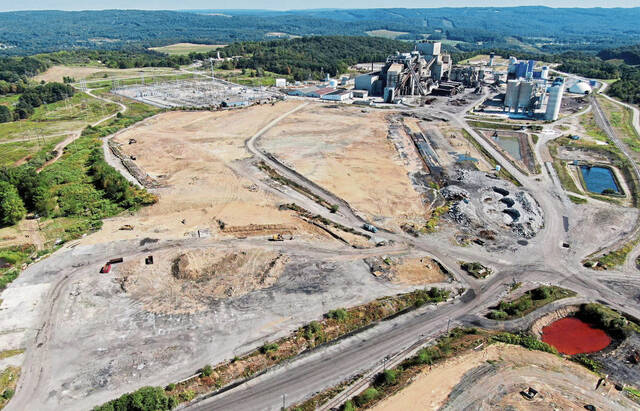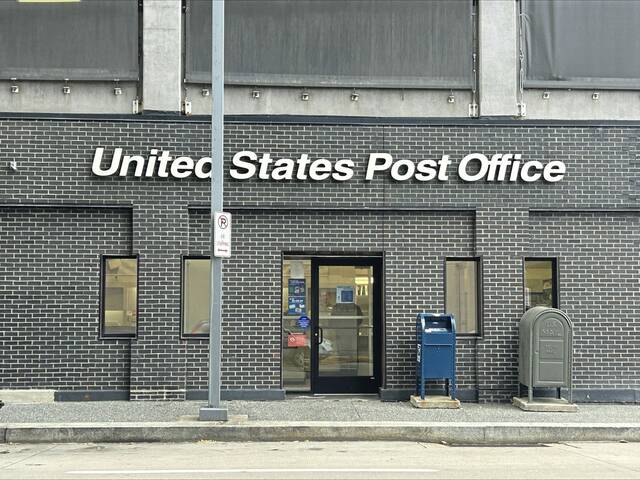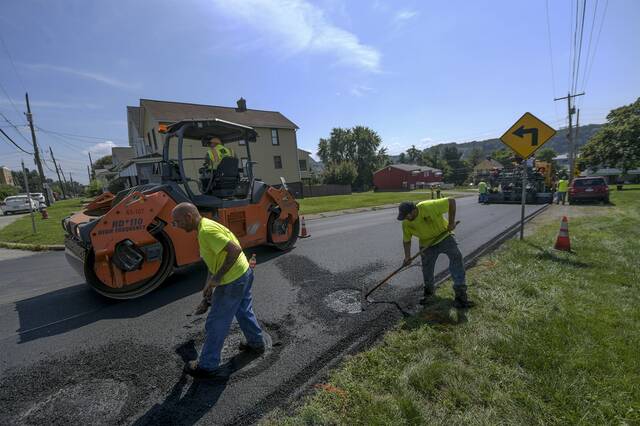Artificial intelligence is changing nearly everything about the way we live, work and — before long — govern. We see the headlines about breakthroughs in generative models and predictive engines, but what we don’t see as easily is the physical backbone powering all of this: data centers.
Every AI application rests on rows of humming servers, vast cooling systems and sprawling campuses of hardware.
The growth of AI is inevitable — and so is the expansion of the computer infrastructure behind it. The question before us is not if we’ll build more data centers, but how: Will this be done carefully, equitably and sustainably?
The scale of what’s coming
Consulting firm McKinsey projects that between now and 2030, $6 trillion to $7 trillion will be spent globally on data center infrastructure. More than 40% of that will land here in the U.S., with trillions split between computing hardware, power, real estate and transmission.
Pennsylvania is positioning itself as a hub. State and regional leaders are touting up to $90 billion in combined AI and energy-related investments. Google has pledged $25 billion across the Pennsylvania-New Jersey-Maryland grid, while Amazon has announced $20 billion in AI and cloud campus investments within the state.
The momentum is real, but so are the risks. A recent academic study titled “Environmental Burden of United States Data Centers in the Artificial Intelligence Era” found the U.S. already has over 2,100 data centers that consume more than 4% of the nation’s electricity. As a byproduct, they emit 105 million tons of carbon dioxide equivalents annually. Accounting firm Deloitte projects, by 2035, AI-driven data centers could demand over 30 times more power than they do today. That’s not speculation; that’s a looming infrastructure reality.
Data centers aren’t neutral infrastructure. They bring real costs. AI workloads are vastly more energy-hungry than conventional computing. With fossil fuels still supplying much of our grid, data centers are a source of significant emissions. Some facilities consume millions of gallons of water per day for cooling. By 2028, national data center water demand could reach 720 billion gallons annually — about what 18 million households use.
These massive data center campuses sprawl across farmland or natural habitat, bringing traffic, construction dust and noise. Too often, low-income or marginalized communities shoulder the burdens — pollution, water stress, infrastructure strain — without receiving proportional benefits. Without thoughtful planning, the AI revolution could come at the cost of our climate goals, water security and community well-being.
If Southwestern Pennsylvania is to seize this opportunity, we need guardrails, not just glossy promises. The data center construction should favor locations near major transmission corridors and renewable energy sources, not next to residential neighborhoods or sensitive watersheds. Designated “compute zones” could help centralize impacts and reduce redundancy.
Municipalities should create a “green scorecard” for new projects, evaluating energy mix, water use, emissions and community benefits. They should fast-track the cleanest proposals while requiring transparency and early public engagement instead of tax incentives. Tech giants like Meta, Google, Amazon and Microsoft have no shortage of money. What they are short of is time — time to deploy more data centers fast. The new constructions should tie these data centers directly to energy generation alongside battery storage.
If anything, these compute zones should come with their own power generation system, preferably renewable and clean. It also should come with community solar or other micro-renewable energy programs. Free or subsidized solar panels for households and commercial developments can ease their grid reliance and redirect grid energy to AI infrastructures.
Municipalities should require advanced, closed-loop systems that minimize or eliminate water withdrawals. When water use is unavoidable, they should mandate reclaimed sources and strict withdrawal caps. Data centers should also explore the possibility to capture waste heat that these centers are generating and use it for heating, greenhouses or other heat-related purposes. It can turn a liability into a resource.
Progress at the cost of sustainability isn’t real progress. This region can lead the nation in building next-generation AI infrastructure — but only if we hold firm to that principle. We are standing at a crossroads in this revolution. We should choose the evolutionary instead of eruptive path — one that embraces AI’s promise while safeguarding the health of our land, water and people. Done right, this can mean tens of billions in investment, thousands of good-paying jobs and global leadership in AI infrastructure. Done wrong, it could mean depleted aquifers, worsened climate pollution and fractured communities.
Panini A. Chowdhury is a professional planner specializing in infrastructure planning. He also serves as a gubernatorial appointee to the Pennsylvania Pedalcycle & Pedestrian Advisory Committee.








